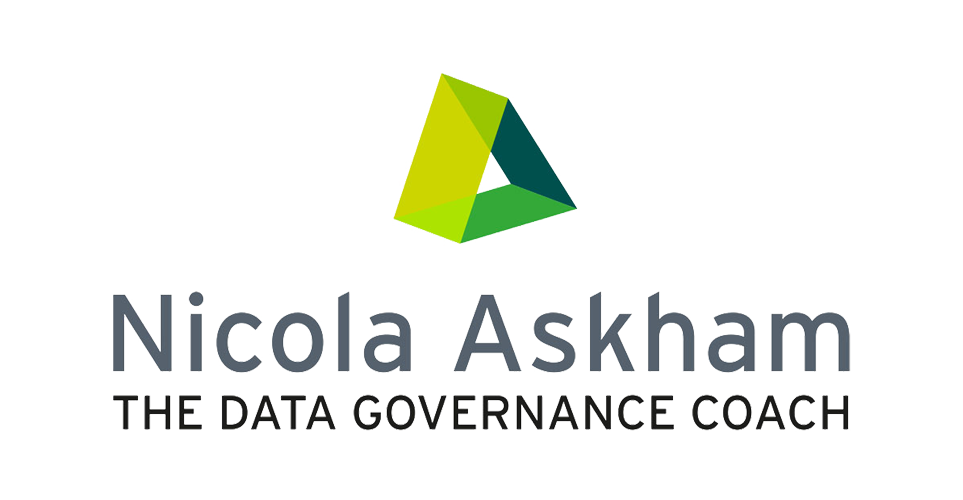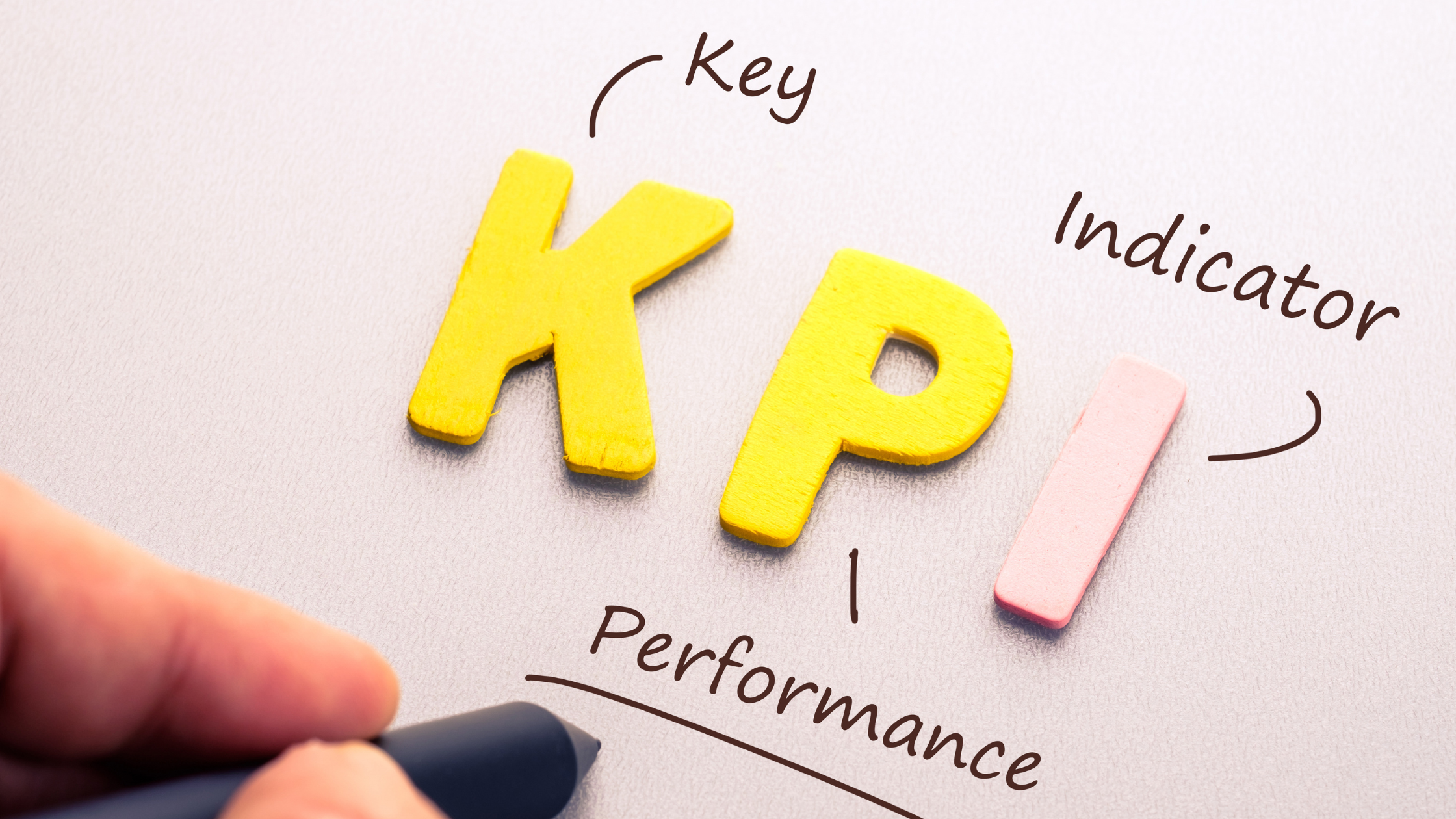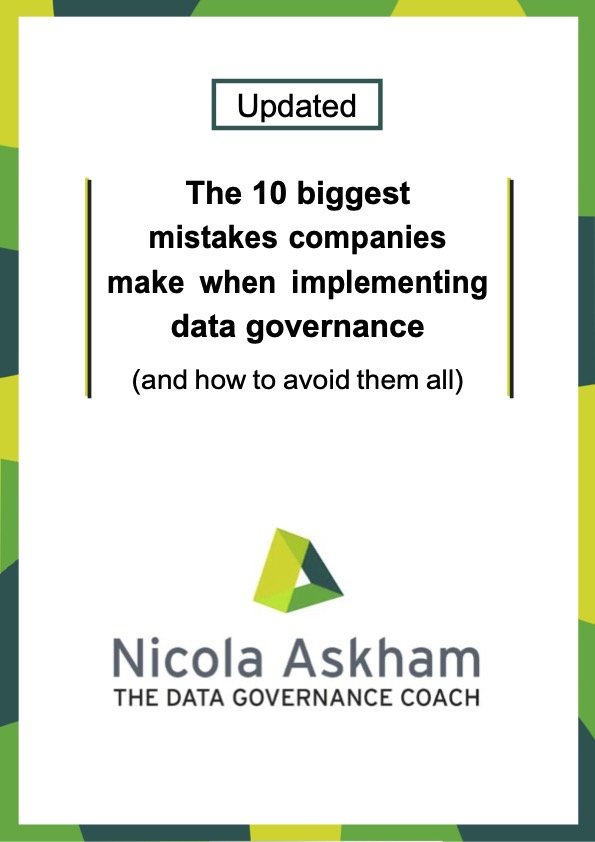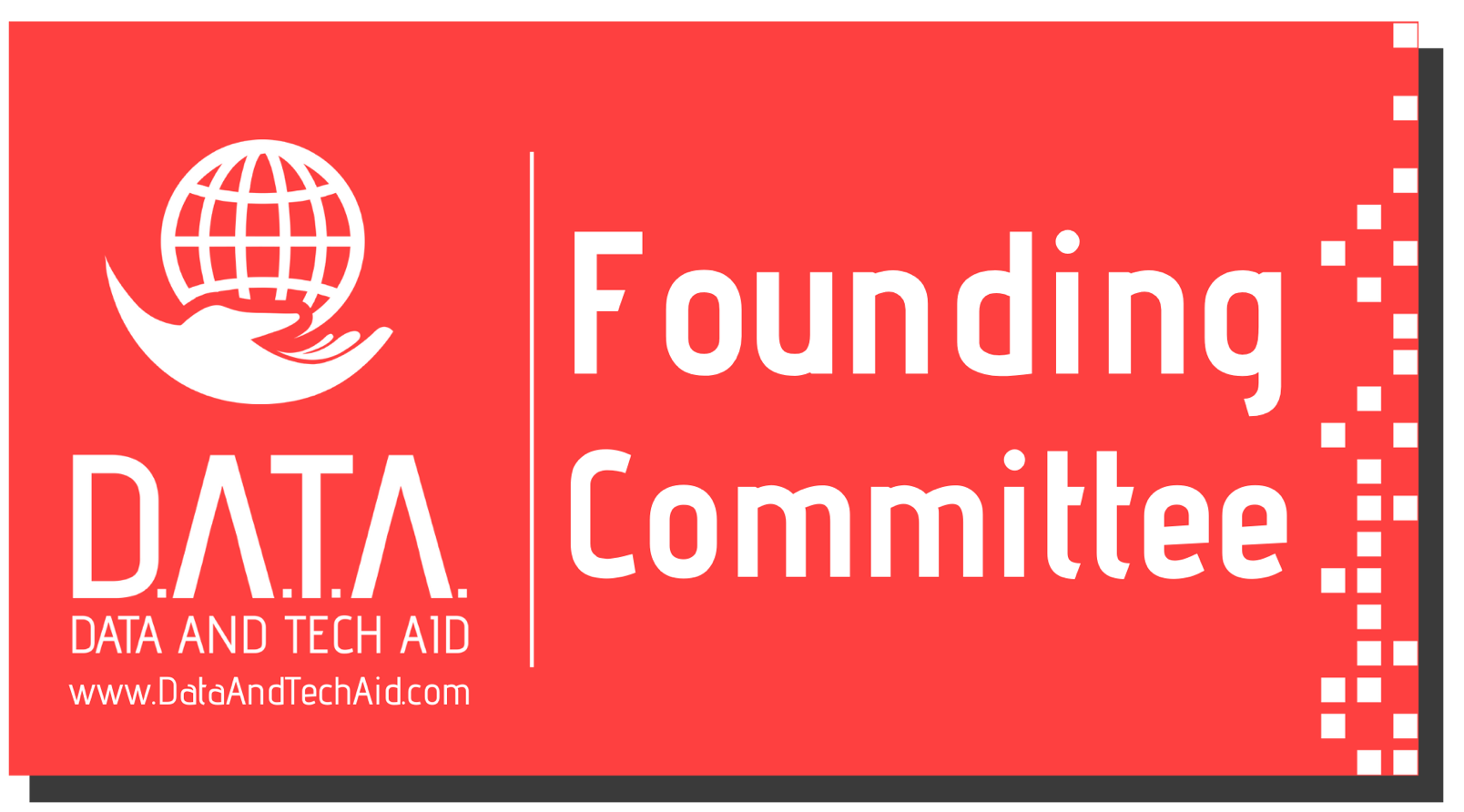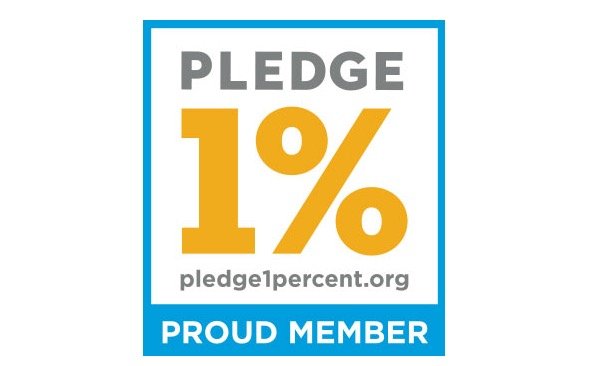What are good key performance/risk indicators for data?
/In my many years of working in data governance, this question comes up quite a lot…Can you provide examples of standard Key Performance Indicators (KPIs) and Key Risk Indicators (KRIs) for data?
So in today’s blog I’m going to share my thoughts on this question.
The challenge of stating what a ‘standard’ KPI/KRI is
The trouble with trying to state what is a good KPI or KRI is that there is no standard approach to doing Data Governance. Different organisations are implementing if for different reasons so what you will measure will be different. If I share examples based on past client experiences, they might not work for your organisation.
As I have mentioned many times before there is no one-size-fits all approach to Data Governance and this also extends to KPIs and KRIs. This means that there's no fast track to coming up with your KPIs or KRIs because involvement from those who consume or use the data is needed.
That said, there are some points for consideration I can offer to get you thinking about the direction of your organisation's KPIs and KRIs.
Have a clear data governance framework
Use the roles that you have established as part of your Data Governance Framework. Engage with stakeholders to identify and establish the KPIs that matter to them and your organisation. Involving the right people is critical to ensure that the resulting KPIs measure the things that your stakeholders are interested in. No one will act on them if they are measuring something that they do not care about.
Collaborate, collaborate, collaborate
When it comes to KRIs, collaboration with your operational risk team and data owners is key. Often, data owners also have the role of risk owner, making them pivotal in understanding the risks associated with critical data. Facilitate discussions around potential risks and the controls needed to mitigate them. This lays the foundation for deciding which KRIs are necessary and useful.
I understand the desire for a shortcut, but I’m afraid that there isn't one. But putting in the effort pays off. Meaningful KPIs and KRIs, aligned with your organisation's unique needs, are the result of collaboration and dedication. Designed and agreed correctly, these indicators will provide important insights and prompt action if they are not being met.
To conclude
While I may not have handed you ready-made examples to simplify your task, please believe me that taking shortcuts when setting your KPIs and KRIs will not make your life easier and deliver useful measures in the long run. If you're asking me what makes good KPIs/KRIs, then I say embrace the process, engage your stakeholders and work with them collaboratively. This is how you truly get to put in place KPIs and KRIs that mean something to your organisation specifically.
If you have more topics or questions you'd like me to explore in future, feel free to email your suggestions to questions@nicolaaskham.com.
